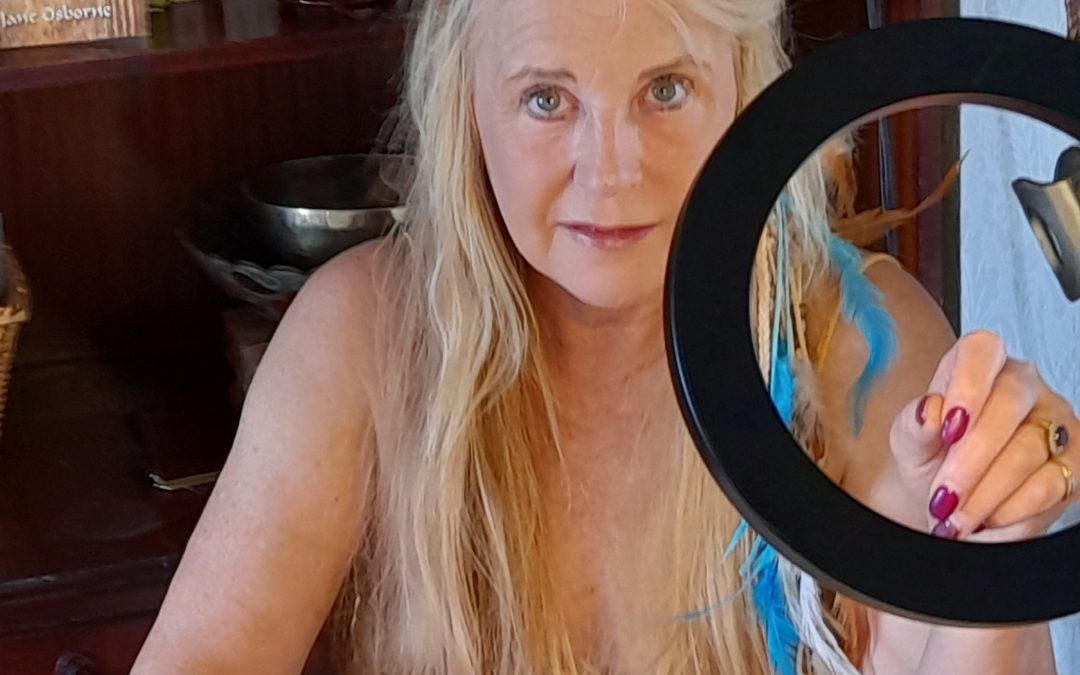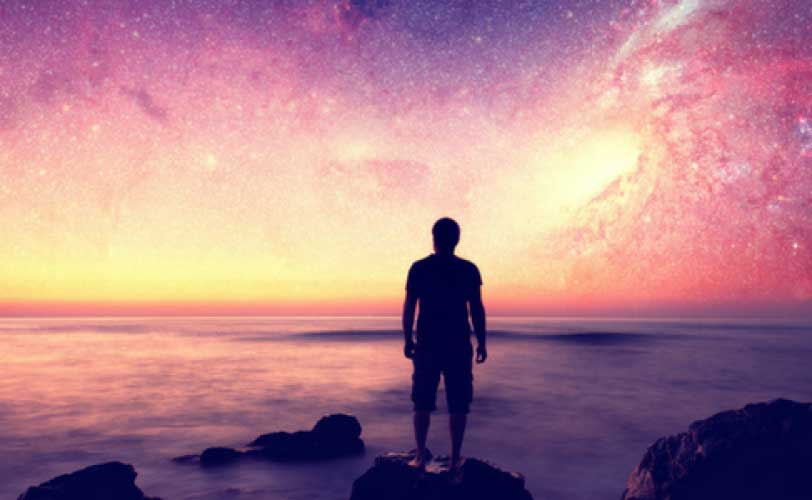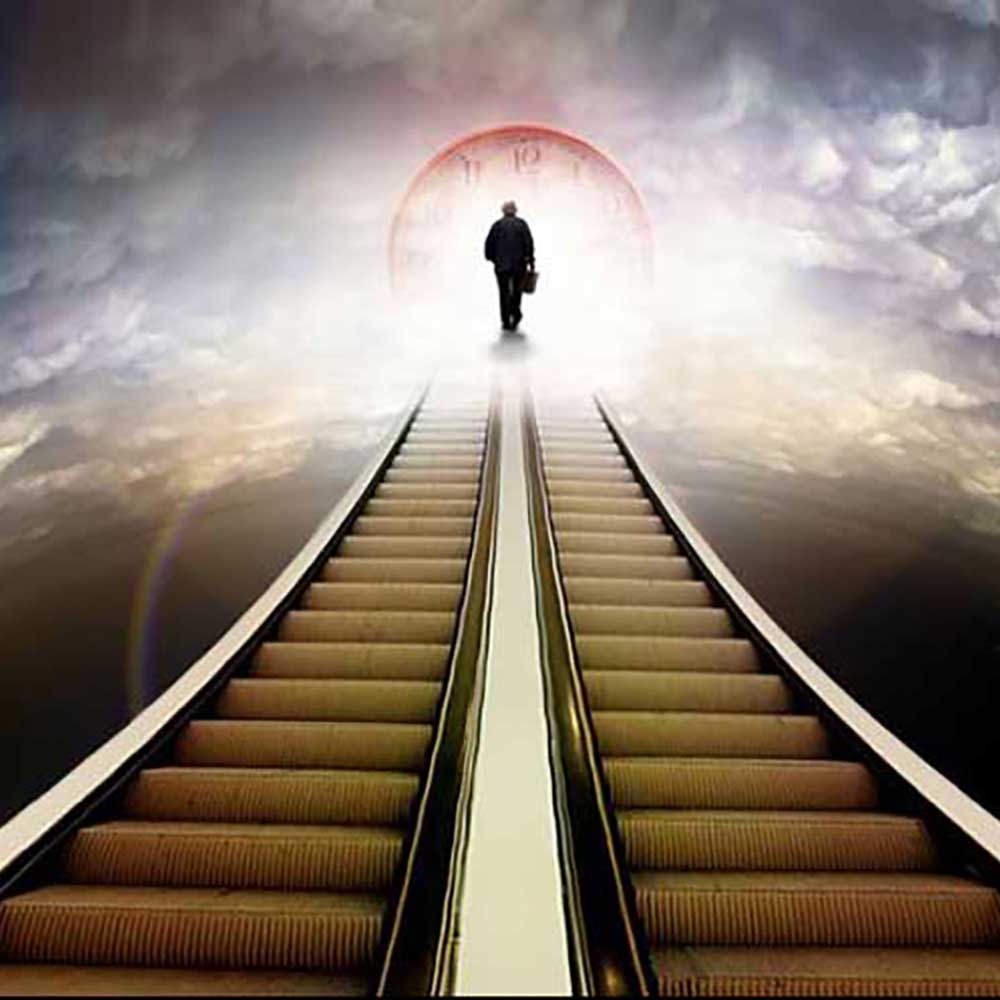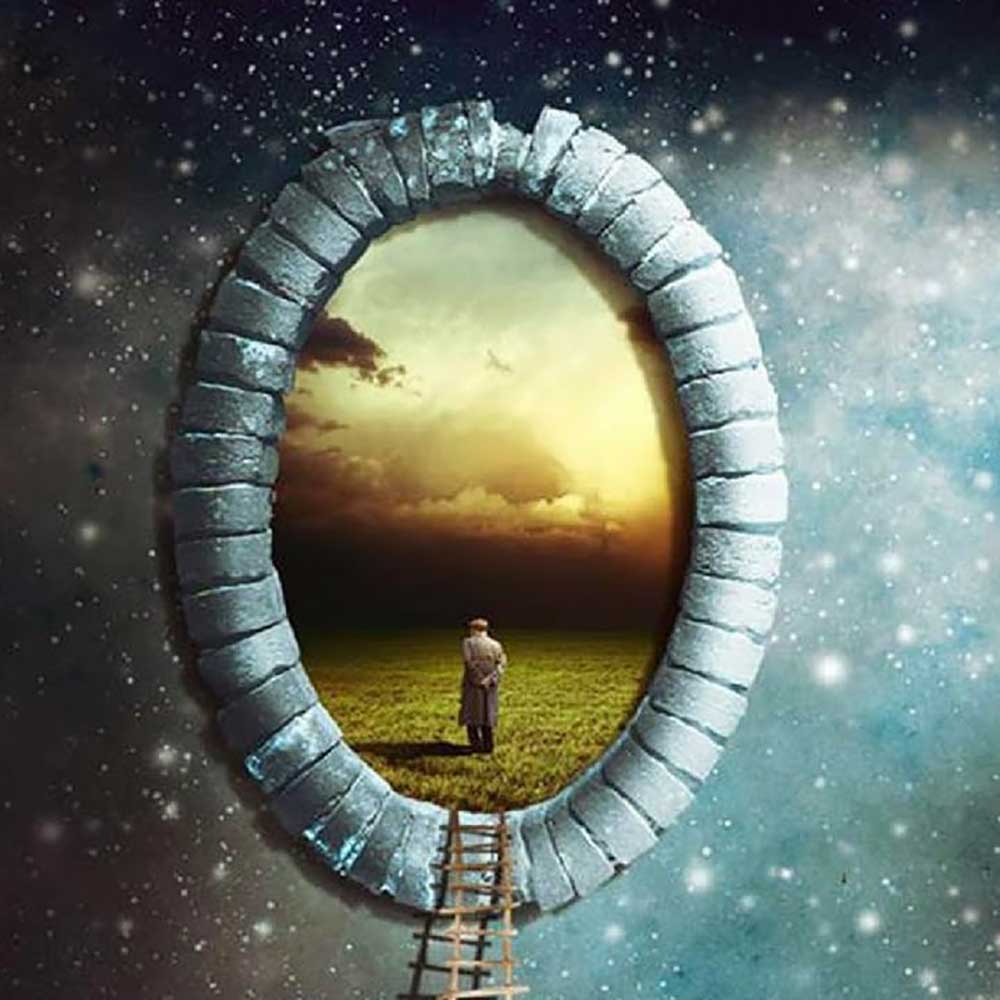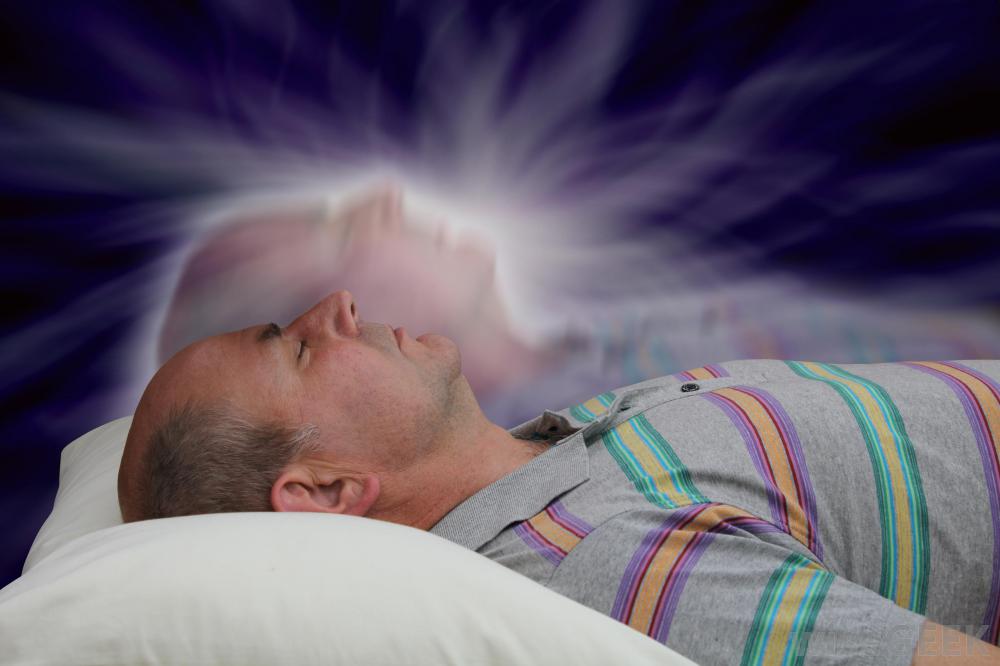[cs_content][cs_section parallax=”false” style=”margin: 0px;padding: 45px 0px;”][cs_row inner_container=”true” marginless_columns=”false” style=”margin: 0px auto;padding: 0px;”][cs_column fade=”false” fade_animation=”in” fade_animation_offset=”45px” fade_duration=”750″ type=”2/3″ style=”padding: 0px;”][cs_text]Joseph Rodes Buchanan,(1814-1899), was an American scientist, Faculty Dean and Professor in the Eclectic Medical Institute, in Covington, Kentucky, and research pioneer in psychometrics.
It was Joseph Buchanan who, in 1842, coined the term “psychometry” as meaning the “measuring of the soul.”
General Bishop Polk of the Civil War once told Professor Buchanan of his curious sensitivity to atmospheric, electric, and other physical conditions. If he touched brass in the dark, he immediately knew it by its influence and the offensive metallic taste in his mouth.
Dr. Buchanan began to experiment and soon discovered that these sensations are not restricted to the sense of taste alone. Students of a Cincinnati medical school registered distinct impressions from medicines held in their hands.
In order to eliminate thought transference, the substances were wrapped in paper parcels and mixed.
Eventually, it became very evident to Dr. Buchanan that some type of emanation is thrown off by all substances, even by the human body; furthermore, certain sensitives can feel and interpret these emanations in their normal state.
He recognised the significance of the possibilities of this discovery:
“The past is entombed in the present, the world is its own enduring monument; and that which is true of its physical is likewise true of its mental career.
The discoveries of Psychometry will enable us to explore the history of man, as those of geology enable us to explore the history of the earth. There are mental fossils for psychologists as well as mineral fossils for the geologists; and I believe that hereafter the psychologist and the geologist will go hand in hand, the one portraying the earth, its animals and its vegetation, while the other portrays the human beings who have roamed over its surface in the shadows, and the darkness of primeval barbarism.
Aye, the mental telescope is now discovered which may pierce the depths of the past and bring us in full view of the grand and tragic passages of ancient history.”
They are words far ahead of their time. He called the subtle emanation given off by the human body “nerve aura.” In the Journal of Man, one of the first Spiritualist monthlies, he published a complete exposition of his system of neurology and anthropology.
Psychometry, for Dr. Buchanan, was essentially a human faculty of the mind; he did not feel it involved the intervention of spirits. However, Mrs. L. A. Coffin, in her preface to Dr. Buchanan’s Manual of Psychometry (Boston, 1889), states that she was often impressed by spirits while performing psychometry.
This was not in conflict with Dr. Buchanan’s views, as he was an avowed Spiritualist. He simply felt that psychometry was primarily a psychic faculty, not a mediumistic influence.
His , Manual of Psychometry, is considered to be the most authoritative text written on psychometry.
Finally, he was one of very few medical professionals who, with great determination, defended the Fox sisters, when they were experiencing incredible negative publicity even though that support subsequently was shown to be misplaced.
In the course of his investigations, primarily through the mediumship of Mrs. Hollis-Billing, Dr. Buchanan received direct writing, purportedly from St. John.
After being held in privacy for 17 years, these communications were published in 1897 under the title of “Primitive Christianity.
Containing the Lost Lives of Jesus Christ and the Apostles and the Authentic Gospel of St. John.”
He claims that he tested the St. John script, properly concealed, with three psychometrists — Cornelia Buchanan, Mrs. Hayden, and the famous Dr. J. M. Peebles — and all three agreed as to its source, giving very similar descriptions of a great spirit devoted to Jesus Christ.
On other occasions, but in similar manner, Dr. Buchanan obtained a portrait of Moses and the Tablets of the Law, a picture of Aaron, of Helen of Troy, of John the Baptist, and communication from Confucius.
Again, he substantiated the sources of these items though reputable psychometrists.
Some of Buchanan’s work is contested.
Its influence within Spiritualism is not.[/cs_text][/cs_column][cs_column fade=”false” fade_animation=”in” fade_animation_offset=”45px” fade_duration=”750″ type=”1/3″ style=”padding: 0px;”][x_image type=”none” src=”https://jane-osborne.com/wp-content/uploads/2017/07/Joseph_Rodes_Buchanan.jpg” alt=”” link=”false” href=”#” title=”” target=”” info=”none” info_place=”top” info_trigger=”hover” info_content=””][/cs_column][/cs_row][/cs_section][/cs_content]


